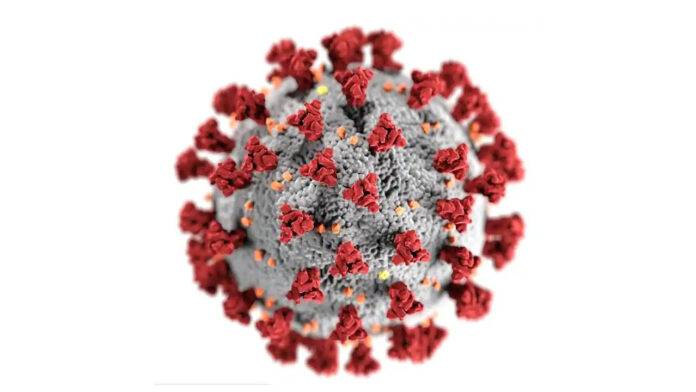BERLIN — Germany has decided to stop using the coronavirus infection rate as its yardstick for deciding if restrictions should be in force to contain the spread of the virus, Chancellor Angela Merkel said on Monday.
The seven-day incidence rate was a key measure in determining whether restrictions could be imposed or lifted, with infection thresholds of 35, 50 and 100 per 100,000 people triggering the opening or closure of different parts of society.
But as the number of people who are fully vaccinated rises, calls have grown for the incidence rate to be dropped as a measure to determine whether lockdowns are necessary.
“We decided today that we no longer need comprehensive protective measures when the number of cases or incidence is 50, because a large proportion of the people are vaccinated,” Ms. Merkel said.
The government and federal states will instead monitor hospitalizations as a key indicator for whether the health system is becoming overburdened, Ms. Merkel said.
Ms. Merkel added Berlin would discuss how to define the new measure in talks in the coming weeks with the 16 state premiers, who are in charge of health policies.
Germany reported 3,668 new coronavirus infections on Monday and a seven-day incidence rate of 56.4, according to the Robert Koch Institute for infectious diseases.
Some 59% of the population are full-vaccinated with around 64% having received at least one dose.
Ms. Merkel said more Germans should get vaccinated now to protect the health system from being overwhelmed during a possible fourth wave of infections later in the year.
“Our vaccination rate is not high enough yet,” the chancellor said. — Reuters

